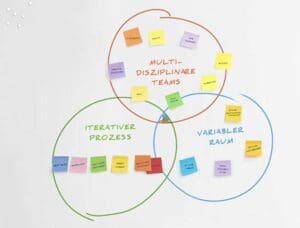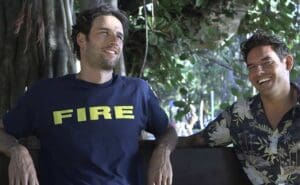“What’s in your stack today?” is probably a better question. If we were talking Bitcoin, it would be “Where is your wallet?”
Tools for the Modern Marketer

- Browser of choice
- Slack
- Sublime (txt & code)
- Spotify
- Miro
- Photoshop
Of course, inside my Chrome browser are even more layers of technology and creative ideation.
Browser-Fu for Agility
![]()
- Gmail (all privacy extensions engaged)
- Google Cal
- Google Dashboard (fractional CMO startup)
- YFO Cal (fractional CMO)
- YFO Mail (fractional CMO)
- VIZ stock market news and visual data display
- HUB my wpmudev hosting cloud
- Today – My Feedly news (NYTimes & several tech, ai, marketing, sales feeds)
- GA gaug.es my multisite analytics (all sites at one view)
- Claude – my new *ai* tool of choice
- Hacker News – amazing streams of code, culture, reddit, data
How do you parse your day and attention? Do you use GTD or Timeblocking or something else? What about those tools? Notion? Airtable?
A Moment About Agile – the Methodology not the verb
How does your team manage asynchronous work? Do you use a ticketing software like Jira? And a tribal knowledge tool like Confluence? I know Miro plays a huge role in my team meetings and most standups. You are doing standups, right?
A colleague said to me the other day, “Well, agile is more of a verb than a methodology these days.” I’d like to enlighten him.
Agile is a process. Scrum is a method. Standups, Retros, and Velocity are critical path systems of alignment. If you are not into agile, I have a few places you can start.
- Daily Standups
- Joint brainstorming
- Joint calendaring
- Joint project map and ticketing workflow
It’s important not to do “agile speak” and not follow through on the valuable lessons of those who have gone before you. When a recent team I was consulting with was doing week-long sprints and no retros, I was concerned. Then, looking into their internal Jira/Confluence tools, I noticed a gaping error.
They were talking “agile” and using “agile ideas” but not doing agile.
Enabling Agility
Story cards are a start. But (and this is a HUGE but) with no Story Points (no sizing of the effort) you are misusing the heart of agile. How can you run a sprint if you don’t know how many points each member can take and use the story points to balance the load? This team was being led by a person who had zero agile experience, (sporting a shiny new Udemy certification as a Scrum Master) Here’s a paragraph to awaken anyone like this:
Without STORY POINTS there is no sizing > then your sprint planning is guesswork and feelings rather than data > a single week sprint cycle perpetuates the crisis mode and lack of focus and progress > no RETRO gives you no VELOCITY information and therefore no ability to adjust velocity or workload > which leads to the next SPRINT planning session to be based on what exactly? Even after I tried to educate the team, I was ignored and ultimately focused on the projects at hand rather than the broken process flying under the agile banner. [note the sprint length in the illustration]
As a performance-enabling lead, my job is to enable teams to get their work done more efficiently, more accurately, and with less drama. I’ve led teams from global 100 companies like (Dell, HP, 3M, and Digital Realty) to smaller local SMB teams, and I’ve seen a lot of good and bad processes and project management ideas come and go. When I learned agile and was drafted from a normal project manager into a scrum master, I had two fantastic programmer guides on the team. We found our rhythm and increased our velocity. Historically, Dell re-orged (as it often does) and relocated our internal champion to a new role. The new guy didn’t see our value. End of the line for Axiomfire – the *hot* lead generation company.
Teamwork and Trust is even more critical in these times when the workloads are shifting, workplaces are in flux, and work groups are often 100% virtual. We have to solve for a few key elements on any team going forward.
- Trust
- Process
- Accountability
- Transparency
- Successful Program Launch and Optimization
The first one TRUST is the core engine of a high-performing team. (READ THIS BOOK IMMEDIATELY)
PROCESS: This book is not about agile, but project management is a human-centered art, not a series of software packages and micromanaged teams.
The cover is from Berkun’s first edition. The newer edition is called Making Things Happen: Mastering Project Management (Theory in Practice). Scott Berkun is a gem.
How are you dealing with agility, transparency, and trust in your teams? What’s working? What’s not?
Parting wisdom:
Bad Agile is worse than no agile.
You can find my books on Amazon. Including this recent one on mindfulness:








That previous team is still stumbling alone in AINO mode. (Agile In Name Only) That “ain’t no agile.”
John McElhenney — LinkedIn